What Factors Affect Separation in Oily Water Separator on Ships?
Oily Water Separators are one of the most important yet neglected equipment on board ships. Revered and feared alike, marine engineers are often afraid to use it, and want to keep it unused and working so that they can show it to the Port State Control Officer (PSCO) and stay on the safer side.
Based on simple working principles and designed to be reliable and less labor intensive, oil water separators are however troublesome and demanding to engineers due to later’s lack of knowledge, proper training, operational negligence and sometimes apathy. However proper care, maintenance, correct trouble shooting and efficient starting/stopping can keep it working properly and make life easier and safer. With stricter control and PSC inspections combined with stringent penalties including criminal action against the operating crew, it ‘s in the interest of the marine engineers to keep the OWS working properly.
A lot has been said and written about the inadequacy of some of the market equipment and especially those that have been retrofitted in old ships in seminars and forums. However, the seagoing marine engineers do not have access to these seminars and their voices are often unheard. In the absence of a sympathetic ear, marine engineers just endeavor to keep the equipment running during their “contract time” and abstain from complaining for the fear of victimizing.
Factors affecting separation in OWS
The oil water separator (OWS) is designed to work properly under ideal conditions; however the ship is not one and there are various sources of contamination in the bilge water. The bilge water is a mixture of various grades of oil in water, along with suspended solids, rust, chemicals, detergents, soot, paint chips and cargo dust etc.
In view of such a complex scenario it is necessary to have the knowledge of the various parameters and factors that influence the satisfactory operation of OWS. The satisfactory operation of the oily water separator (OWS) is dependent on the knowledge of the following:
- Design Factors: These include the basic working principle of the OWS and the enhancements made for marine context.
- Operational factors: Operational Knowledge and correct operational procedures that are generic and not equipment specific.
- Bilge management: Efficient Bilge management and knowing what goes into your bilges and how it affects it.
- Care and Maintenance: The general care and maintenance required to keep the OWS running smoothly.
- Equipment Specific Knowledge: There are numerous varieties of OWS in the market and each has their own peculiarities and problems. Knowledge of these will be beneficial.
- Crew Attitude and Aptitude: No matter what kind equipment is fitted on board it needs correct operation and some training to run it optimally.
- Good House Keeping: Last but not the least, good housekeeping is essential to a cleaner engine room and to reduced production of oily water to be treated.
In these series of articles we shall endeavor to discuss the various ways to optimize the performance of OWS such as the design factors, operational limitations, efficient bilge management, training requirements and some good working practices.
Design Factors
Oily Water Separator is used to remove oil from the bilge water prior to discharging it overboard. It works on theprinciple of Stokes law and basically separates the two components utilizing their difference in specific gravity. The OWS for marine use are optimized to make them smaller in size due to space constraints. Additional components are fitted to help with the separation process but the knowledge of the basic design factors is beneficial.
The rate of rise as per stroke’s law is as follows
The Stoke’s Law generally states that the velocity or rise and hence the separation rate is directly proportional to the difference in density of the oil and the continuous fluid and the size of the droplets of oil. It is also states that rate of rise is inversely proportional to the viscosity of the surrounding fluid. We infer from the famous law the following:
- Density of Oil: Light oil is having higher rate of rise than heavier oil and therefore easier to separate. This information is useful to adjust and lower the flow rate when heavier oil contamination is suspected.
- Density of Continuous Fluid: Rate of rise will be higher when continuous fluid is sea water instead of fresh water or condensate. This information is useful and we can discharge the condensate drains into dedicated clean drain tanks instead of bilges.
- Viscosity of Continuous Fluid: As rate of rise is inversely proportional to the viscosity of the continuous fluid the OWS performance is better when continuous fluid is fresh water. As this deduction is contrary to the above one it is a compromise between the two but it does not concern us much as we don’t really have much control on what goes to the bilges as per the original design.
- Size of Oil Droplets: The larger the diameter of the oil droplets the better is the rate of separation. This information is very helpful and we can assist the OWS by avoiding small drops of oil by mechanical agitation and emulsification.
- Temperature: This is another factor which is important as it affects the density and viscosity directly.
- Low temperature of the continuous fluid hinders the separation of oil due to additional viscous drag in view of the increased viscosity of continuous fluid in cold temperature. Oil separation is better in warmer temperatures and slightly increasing the temperature of the bilge water would give better separation. This information is important as we can increase separation rate by warming the bilge water in the holding tanks or heating incoming fluid by the steam coils fitted in some of the OWS.
- In high temperature the formation of emulsion by mechanical agitation is more than in lower temperature. This information is important as we should not heat the bilge holding tank when ship is rolling excessively or where we suspect mechanical agitation.
Do you have info to share with us ? Suggest a correction

About Author
Chief Engineer Mohit Sanguri is a Marine Chief Engineer (Class I Unlimited Power). He has 12+ years of experience as a Marine Engineer.
Latest Marine Technology Articles You Would Like:
- 10 Oily Water Separator (OWS) Maintenance Tips Every Ship Engineer Must Know
- How to Operate an Oily Water Separator (OWS) on Ship?
- 20 Important Factors For Oily Water Separator Operation On Ships
- Oily Water Separator: Construction and Working
- What Factors Affect Separation in Oily Water Separator on Ships?
Subscribe To Our Newsletters
By subscribing, you agree to our Privacy Policy and may receive occasional deal communications; you can unsubscribe anytime.



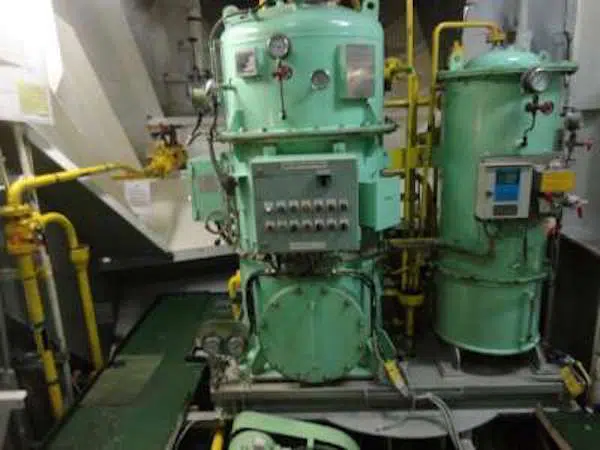
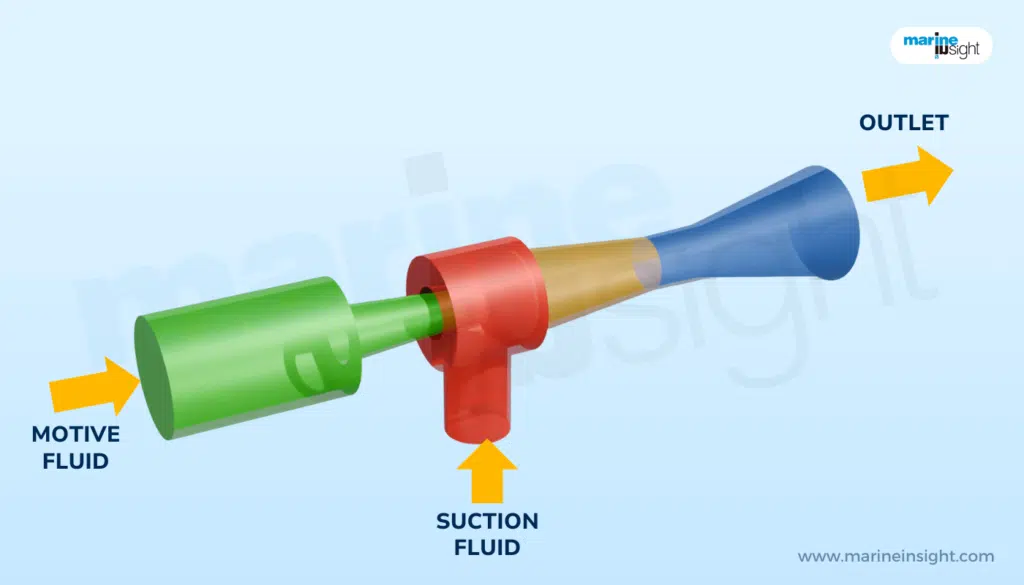
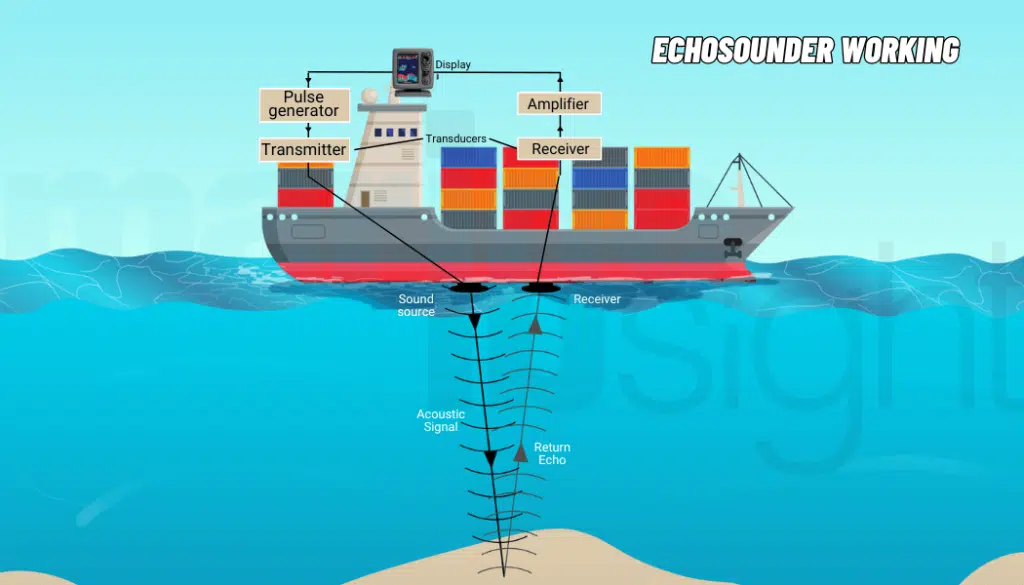
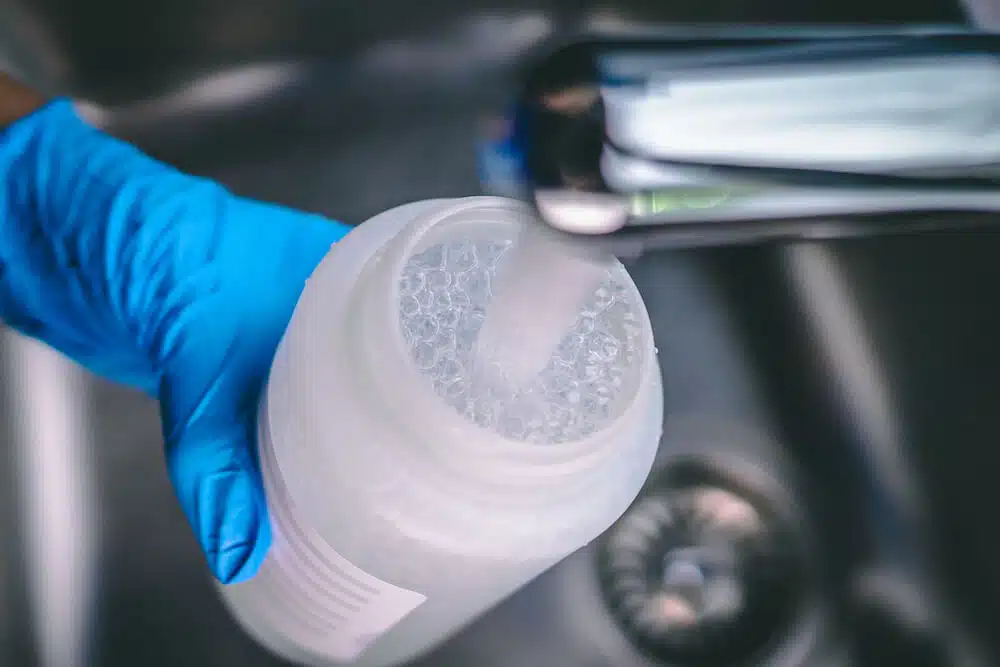
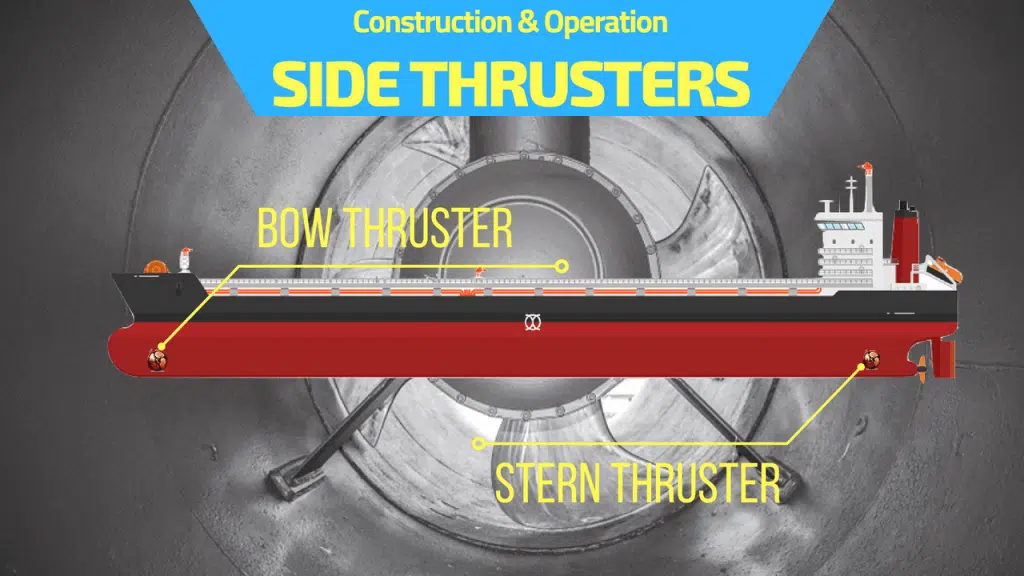
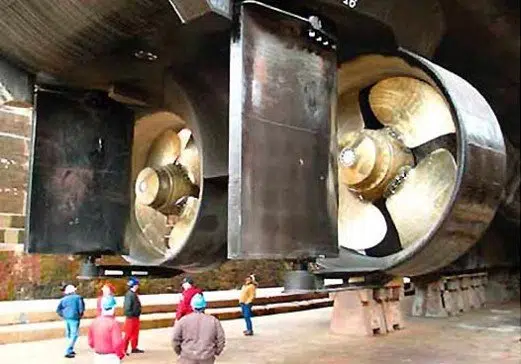
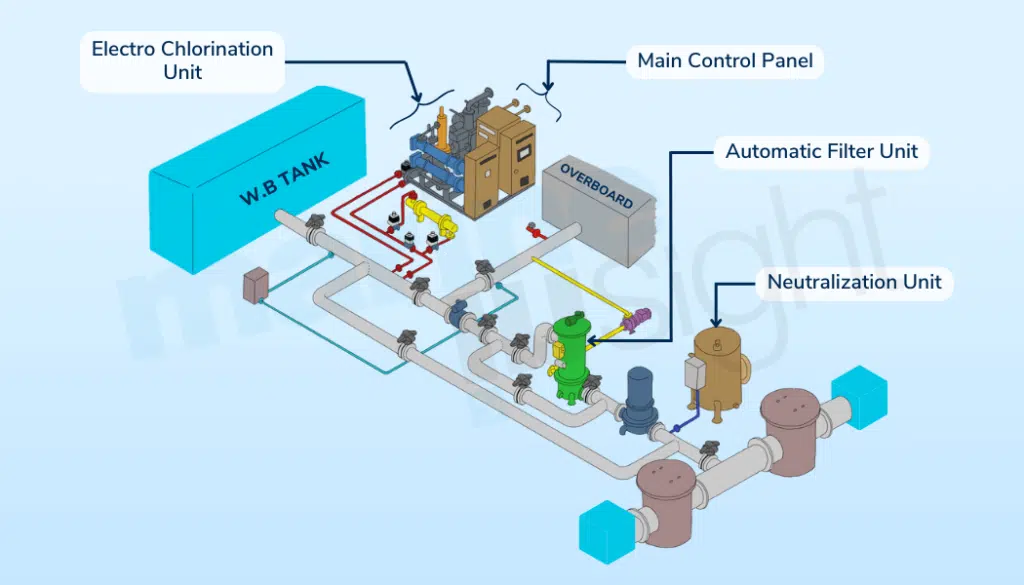
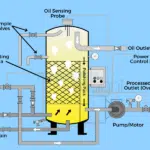
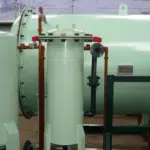
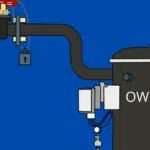
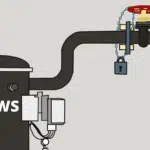
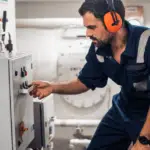

Hi,
Nice Post
To solve this problem there is a need to give training to the peoples who working on the ships.
Its due to the stiff and huge of marine law make every engineer worry to use the ows
I used to be intimidated by my OWS , after my own slow learning curve and many hours of frustration trying to trouble shoot the problems I now understand it well. I have read all I can on how they work, how to PROPERLY operate it and service it as needed..in fact during this layover I just remouved the whole unit stripped it completely , inspected every piece ,cleaned every bore and even had it painted professionally , fitted new filters gauges etc etc and it is running as it should. ABS annual survey passed with compliments.. just dedicate yourself to learning all you can about your model,and don’t be afraid to slowly allow yourself to work on it and fully understand it. Cheers !
My OWS onboard keep showing high ppm, and I have clean the system and change filters, but the system just keeps circulating, from bilge to sludge tank, without discharging overboard but the content of the bilge tank is mopping water, what is the course of the high ppm and how will I solve the problem